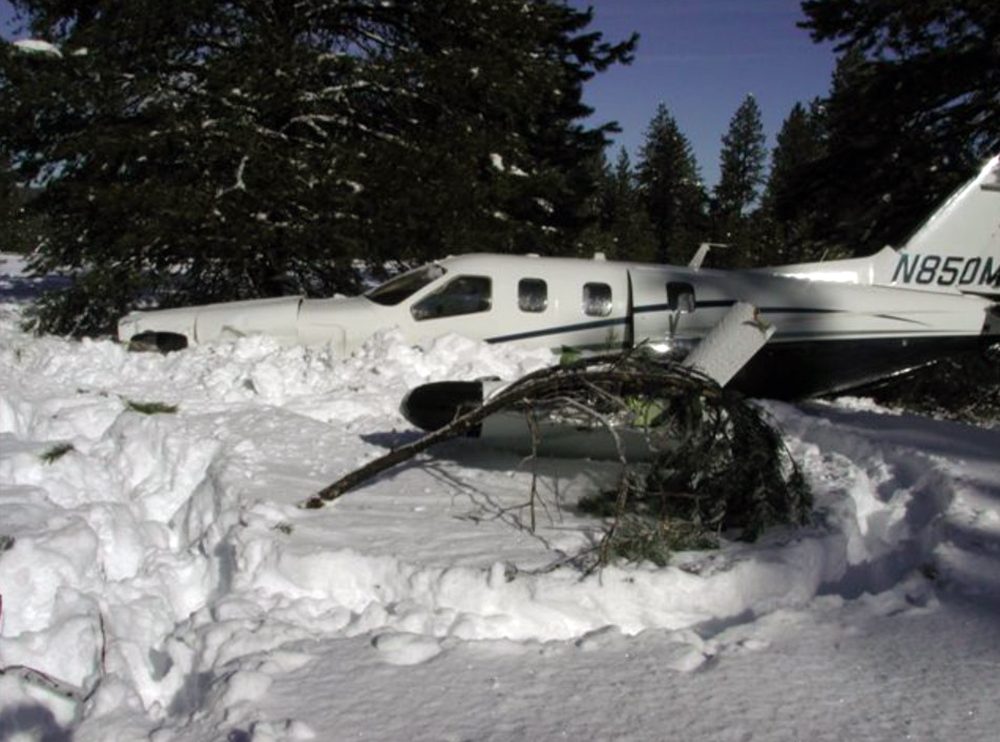Country
Crash of a Socata TBM-850 in Clermont-Ferrand: 3 killed
Date & Time:
Aug 8, 2013 at 0940 LT
Registration:
N850GC
Survivors:
No
Schedule:
Toussus-le-Noble - Clermont-Ferrand - Biarritz
MSN:
645
YOM:
2013
Crew on board:
1
Crew fatalities:
Pax on board:
2
Pax fatalities:
Other fatalities:
Total fatalities:
3
Captain / Total hours on type:
51.00
Circumstances:
On an ILS Z approach to Clermont-Ferrand-Auvergne Airport Runway 26 in IMC conditions, the pilot was instructed by ATC to climb to 6,000 feet to TIS VOR via a right turn because he failed to follow the published missed approach procedures. The single engine aircraft departed the approach path and control was lost after it completed several turns on climb and descent. It entered a high nose-down attitude and struck the ground at high speed about 6 km short of runway. The aircraft disintegrated on impact and all three occupants aged respectively 70, 73 and 76 years old were killed. They were completing an intermediate stop at Clermont-Ferrand Airport to pick up two additional passengers before continuing to Biarritz.
Probable cause:
The trace from the radar data shows that the aircraft followed the ILS Z 26 procedure track in the horizontal plane to about 6.4 NM from the runway threshold. This observation is consistent with the autopilot tracking of the ILS Z 26 procedure entered into the FMS in GPS mode. The transition from GPS to LOC occurred after the FAP. Although the APP mode was engaged, the aircraft did not descend as expected by the pilot. It continued in line with the localizer but in level flight at 4000 feet for more than 1 nm. The pilot attempted to catch up with the glide path from above. Unable to stabilize his course, he aborted the approach without following the prescribed go-around path or the heading and altitude instructions provided by the controller. He made a succession of left and right turns and climbs and descents. The track and readbacks show that he lost situational awareness. The airspeed regression following the last climb caused the pilot to lose control of the aircraft, which collided with the ground. The entire approach was flown with no outside visibility.
Contributing factors (may have contributed to the loss of control):
- A coding error in the Garmin 1000 avionics suite database that prevented the automatic transition from GPS mode to LOC mode. Thus the automatic interception of the descent plan did not occur, which probably surprised the pilot and led him to resume manual piloting with excessive corrections.
- The pilot's overconfidence in the aircraft's autopilot system.
- Lack of knowledge of the conditions required for the aircraft autopilot system to capture and track the glide path.
- Lack of consistency verification by the pilot between the coded procedure in the avionics suite and his breakthrough sheet.
- The pilot's lack of total and recent instrument flight experience without external visual reference, which may have contributed to his increased stress, lack of availability, and spatial disorientation.
- Sensory illusions that the pilot may have been confronted with, given the numerous changes in aircraft attitude, without external visual reference.
- The acquisition of additional experience and skills with safety pilots after obtaining the SET class rating, which is ineffective and outside the regulatory training framework, which can lead pilots to free themselves from this support when it is considered to be restrictive.
Contributing factors (may have contributed to the loss of control):
- A coding error in the Garmin 1000 avionics suite database that prevented the automatic transition from GPS mode to LOC mode. Thus the automatic interception of the descent plan did not occur, which probably surprised the pilot and led him to resume manual piloting with excessive corrections.
- The pilot's overconfidence in the aircraft's autopilot system.
- Lack of knowledge of the conditions required for the aircraft autopilot system to capture and track the glide path.
- Lack of consistency verification by the pilot between the coded procedure in the avionics suite and his breakthrough sheet.
- The pilot's lack of total and recent instrument flight experience without external visual reference, which may have contributed to his increased stress, lack of availability, and spatial disorientation.
- Sensory illusions that the pilot may have been confronted with, given the numerous changes in aircraft attitude, without external visual reference.
- The acquisition of additional experience and skills with safety pilots after obtaining the SET class rating, which is ineffective and outside the regulatory training framework, which can lead pilots to free themselves from this support when it is considered to be restrictive.
Final Report:
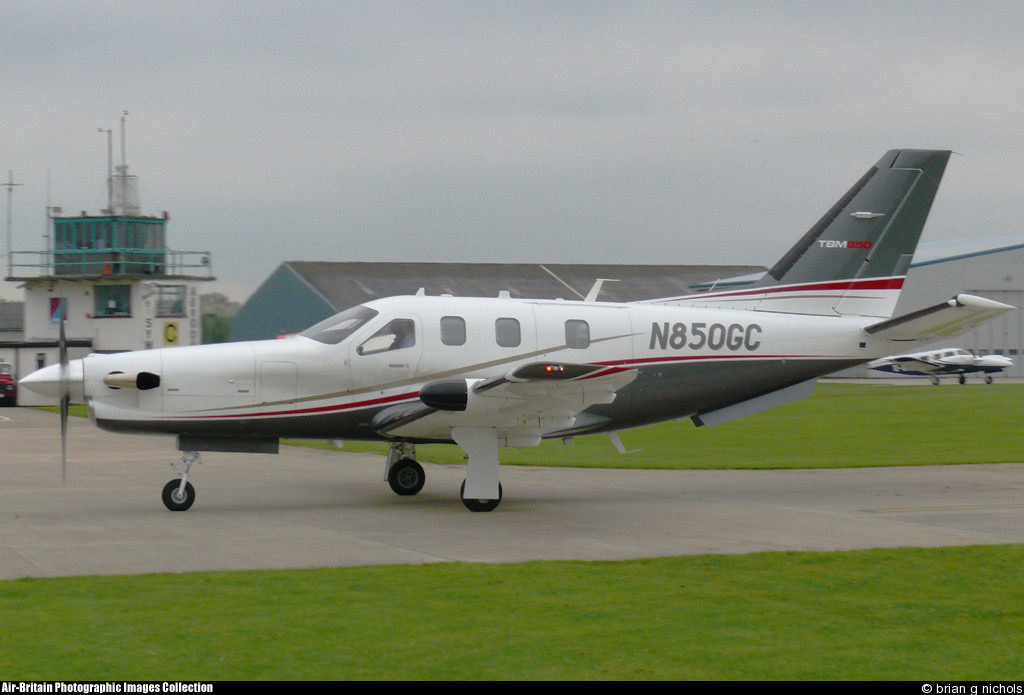
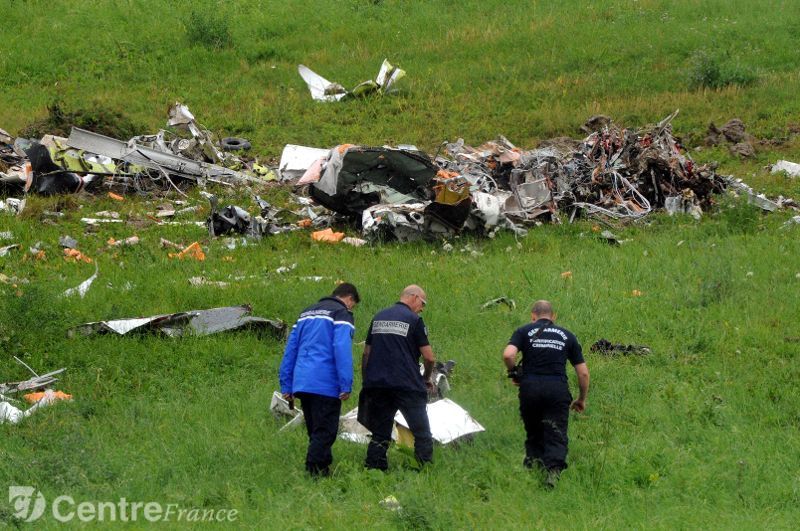
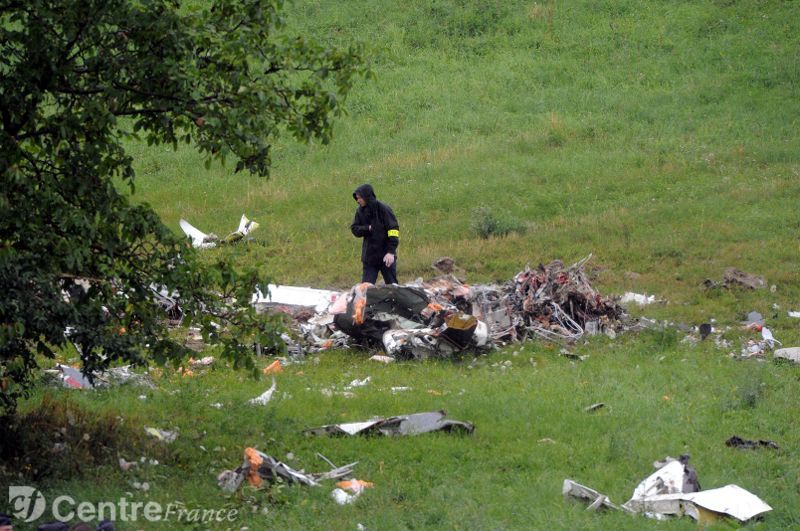
Crash of a Socata TBM-850 near Calabogie: 1 killed
Date & Time:
Oct 8, 2012 at 1219 LT
Registration:
C-FBKK
Survivors:
No
Schedule:
Carp - Goderich
MSN:
621
YOM:
2012
Crew on board:
1
Crew fatalities:
Pax on board:
0
Pax fatalities:
Other fatalities:
Total fatalities:
1
Captain / Total hours on type:
700.00
Aircraft flight hours:
64
Circumstances:
The privately owned SOCATA TBM 700N (registration C-FBKK, serial number 621) departed from Ottawa/Carp Airport, Ontario, on an instrument flight rules flight plan to Goderich, Ontario. Shortly after takeoff, the pilot and sole occupant altered the destination to Wiarton, Ontario. Air traffic control cleared the aircraft to climb to flight level 260 (FL260). The aircraft continued climb through FL260 and entered a right hand turn, which quickly developed into a spiral dive. At approximately 1219 Eastern Daylight Time, the aircraft struck the ground and was destroyed. Small fires broke out and consumed some sections of the aircraft. The pilot was fatally injured. The 406 MHz emergency locator transmitter on board the aircraft was damaged and its signal was not sensed by the search and rescue satellite-aided tracking (SARSAT) system.
Probable cause:
Findings as to Causes and Contributing Factors:
1. The pilot lost control of the aircraft for undetermined reasons and the aircraft collided with terrain.
Findings as to Risk:
1. Operating an aircraft above 13 000 feet asl without an available emergency oxygen supply increases the risk of incapacitation due to hypoxia following depressurization.
Other Findings:
1. The avionics system had the capability to record data essential to the accident investigation but the recording medium was destroyed in the accident.
1. The pilot lost control of the aircraft for undetermined reasons and the aircraft collided with terrain.
Findings as to Risk:
1. Operating an aircraft above 13 000 feet asl without an available emergency oxygen supply increases the risk of incapacitation due to hypoxia following depressurization.
Other Findings:
1. The avionics system had the capability to record data essential to the accident investigation but the recording medium was destroyed in the accident.
Final Report:
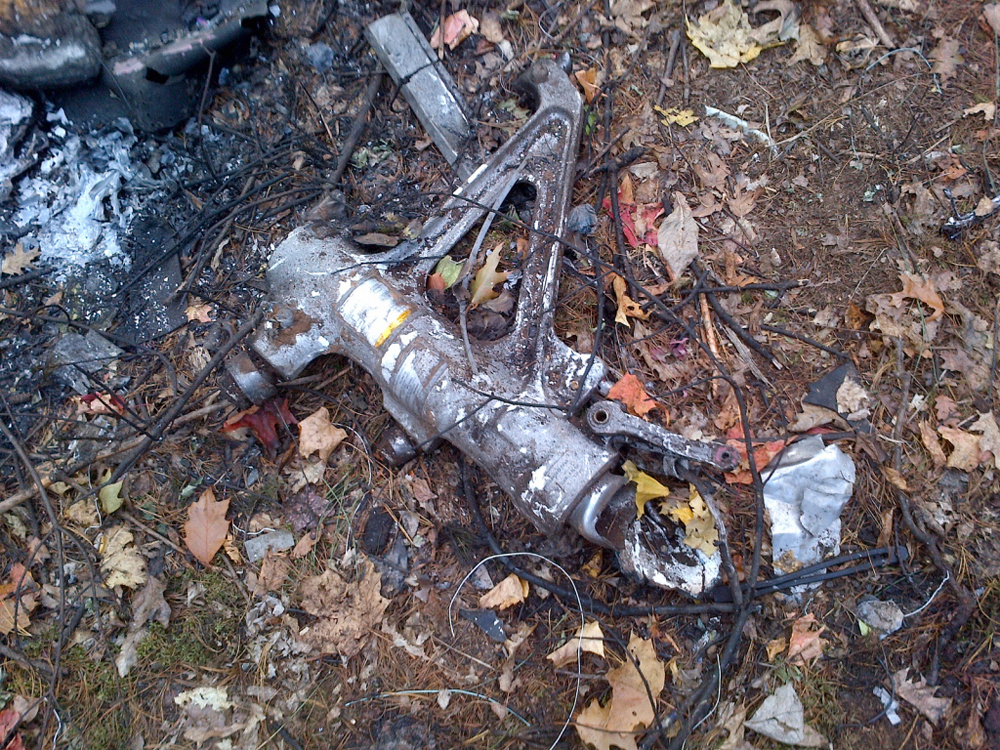
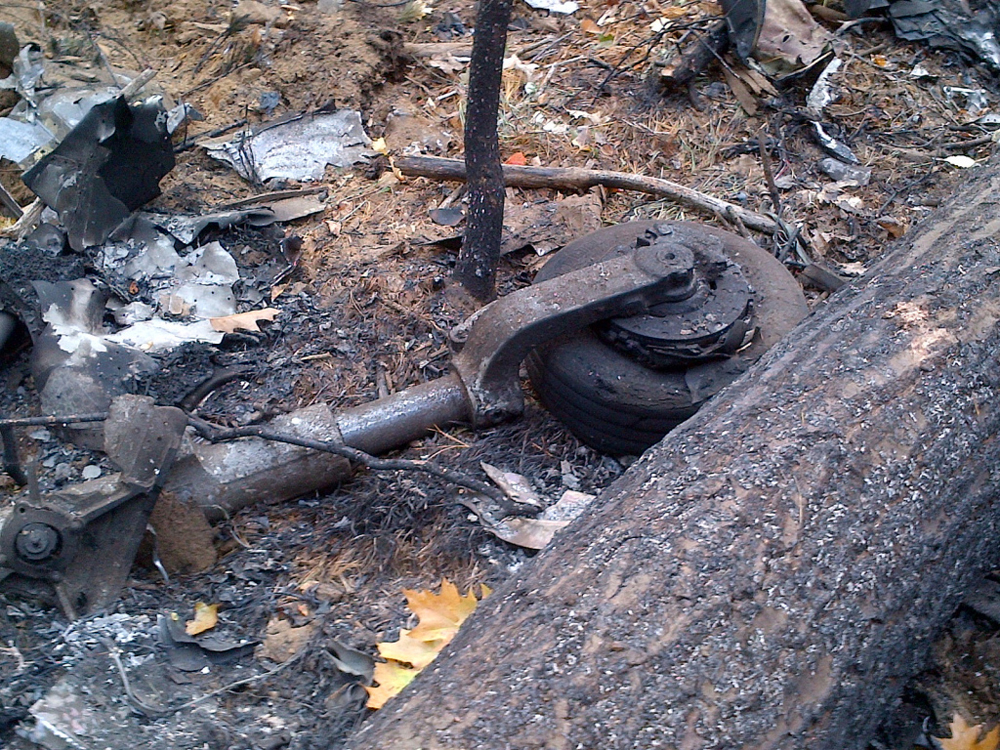
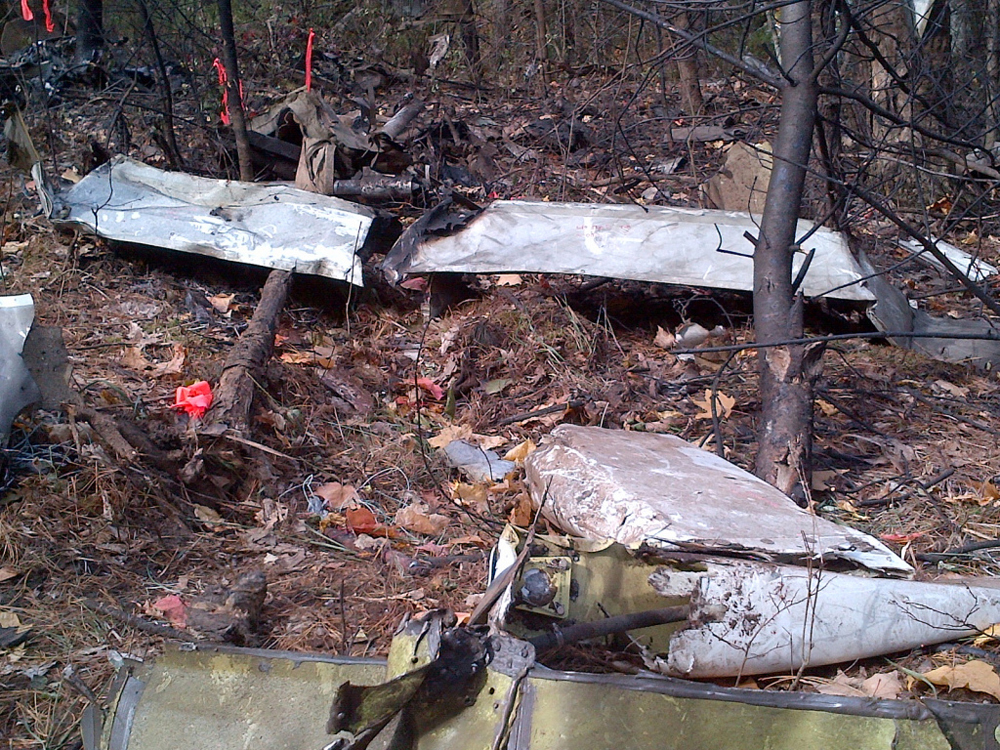
Crash of a Socata TBM-850 in Racine: 1 killed
Date & Time:
Sep 5, 2011 at 1833 LT
Registration:
N850SY
Survivors:
No
Schedule:
Mosinee – Waukegan
MSN:
546
YOM:
2010
Crew on board:
1
Crew fatalities:
Pax on board:
0
Pax fatalities:
Other fatalities:
Total fatalities:
1
Captain / Total hours on type:
165.00
Aircraft flight hours:
217
Circumstances:
During cruise flight, the pilot reported to an air traffic controller that the airplane was having engine fuel pressure problems. The controller advised the pilot of available airports for landing if necessary and asked the pilot's intentions. The pilot chose to continue the flight. GPS data recorded by an onboard avionics system indicated that the engine had momentarily lost total power about 20 seconds before the pilot reported a problem to the controller. About 7 minutes later, when the airplane was about 7,000 feet above ground level, the engine lost total power again, and power was not restored for the remainder of the flight. The pilot attempted to glide to an airport about 10 miles away, but the airplane crashed in a field about 3 miles from the airport. GPS data showed a loss of fuel pressure before each of the engine power losses and prolonged lateral g forces consistent with a side-slip flight condition. The rudder trim tab was found displaced to the left about 3/8 inch. Flight testing and recorded flight data revealed that the rudder trim tab displacement was consistent with that required to achieve no side slip during a typical climb segment. The GPS and flight data indicated that the lateral g-forces increased as the airplane leveled off and accelerated, indicating that the automatic rudder trim feature of the yaw damper system was either not engaged or not operating. The recorded data indicated autopilot system engagement, which should have automatically engaged the yaw damper system. However, the data indicated the yaw damper was not engaged; the yaw damper could have subsequently been turned off by several means not recorded by the avionics system. Testing of the manual electric rudder (yaw) trim system revealed no anomalies, indicating that the pilot would have still been able to trim the airplane using the manual system. It is likely that the pilot's failure to properly trim the airplane's rudder led to a prolonged uncoordinated flight condition. Although the fuel tank system is designed to prevent unporting of the fuel lines during momentary periods of uncoordinated flight, it is not intended to do so for extended periods of uncoordinated flight. Therefore, the fuel tank feed line likely unported during the prolonged uncoordinated flight, which resulted in the subsequent loss of fuel pressure and engine power. The propeller and propeller controls were not in the feathered position, thus the windmilling propeller would have increased the airplane's descent rate during the glide portion of the flight. The glide airspeed used by the pilot was 20 knots below the airspeed recommended by the Pilot's Operating Handbook (POH), and the reduced airspeed also would have increased the airplane's descent rate during the glide. The flight and GPS data indicated that the airplane had a gliding range of about 16 nautical miles from the altitude where the final loss of engine power occurred; however, the glide performance was dependent on several factors, including feathering the propeller and maintaining the proper airspeed, neither of which the pilot did. Although the POH did not contain maximum range glide performance data with a windmilling propeller, based on the available information, it is likely that the airplane could have glided to the alternate airport about 10 miles away if the pilot had followed the proper procedures.
Probable cause:
The pilot's failure to properly trim the airplane's rudder during cruise flight, which resulted in a prolonged uncoordinated flight condition, unporting of the fuel tank feed line, and subsequent fuel starvation and engine power loss. Contributing to the accident was the pilot's failure to feather the engine's propeller and maintain a proper glide airspeed following the loss of engine power.
Final Report:
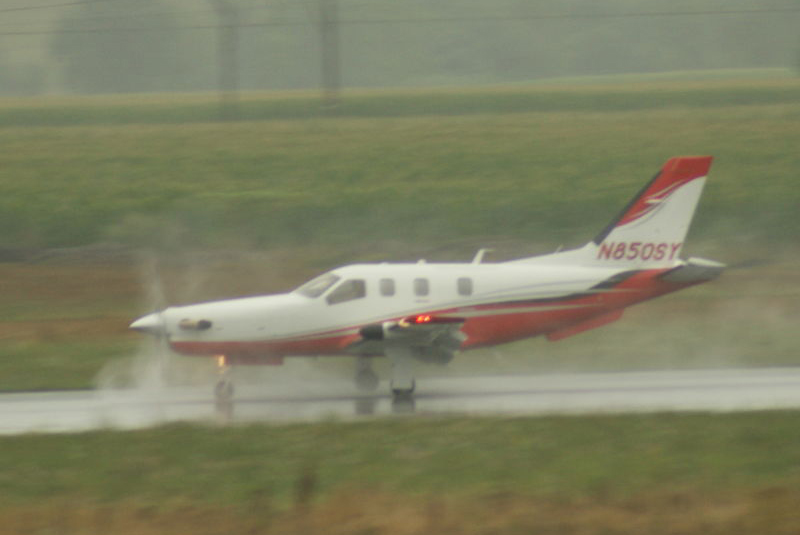
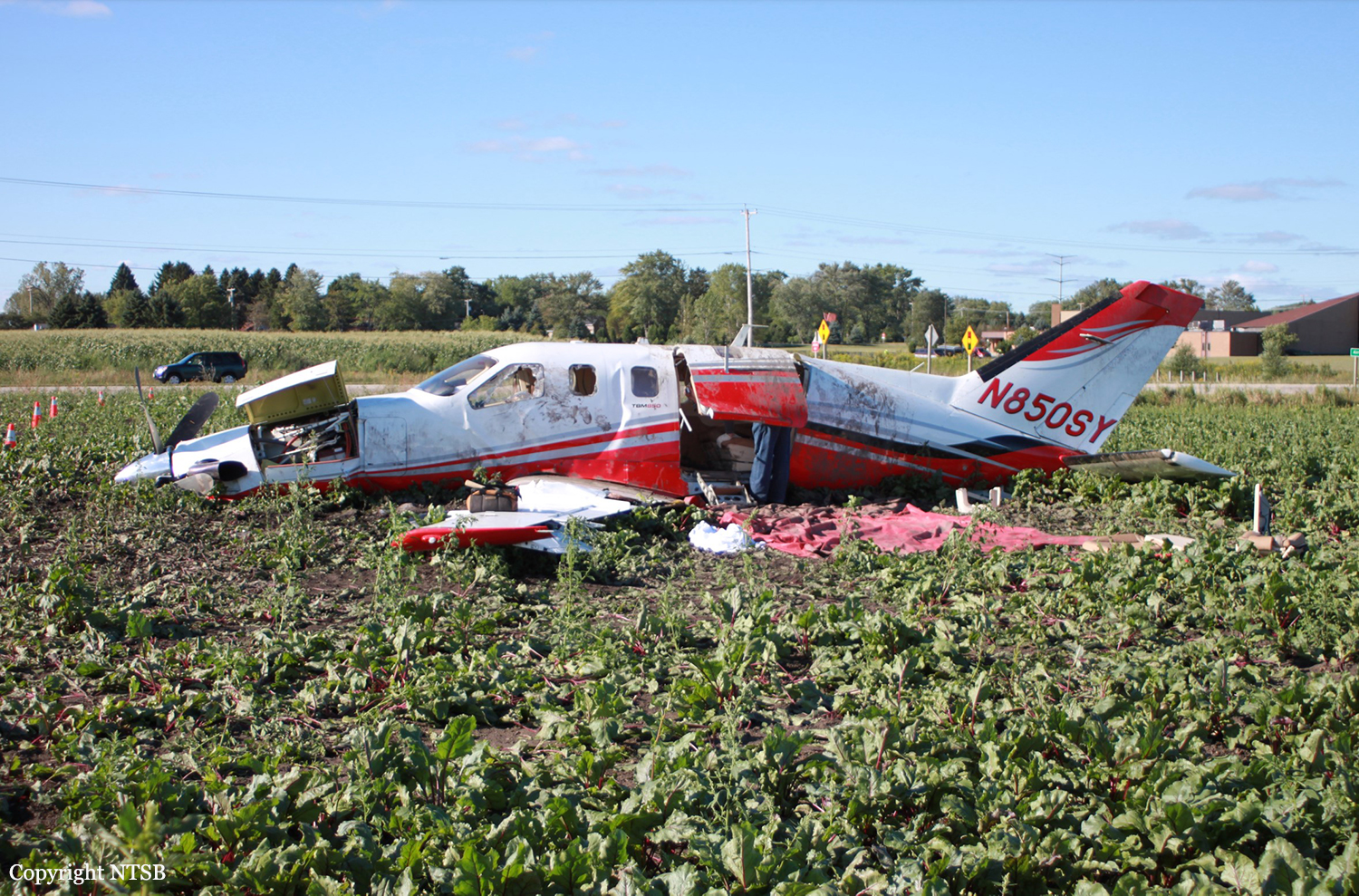
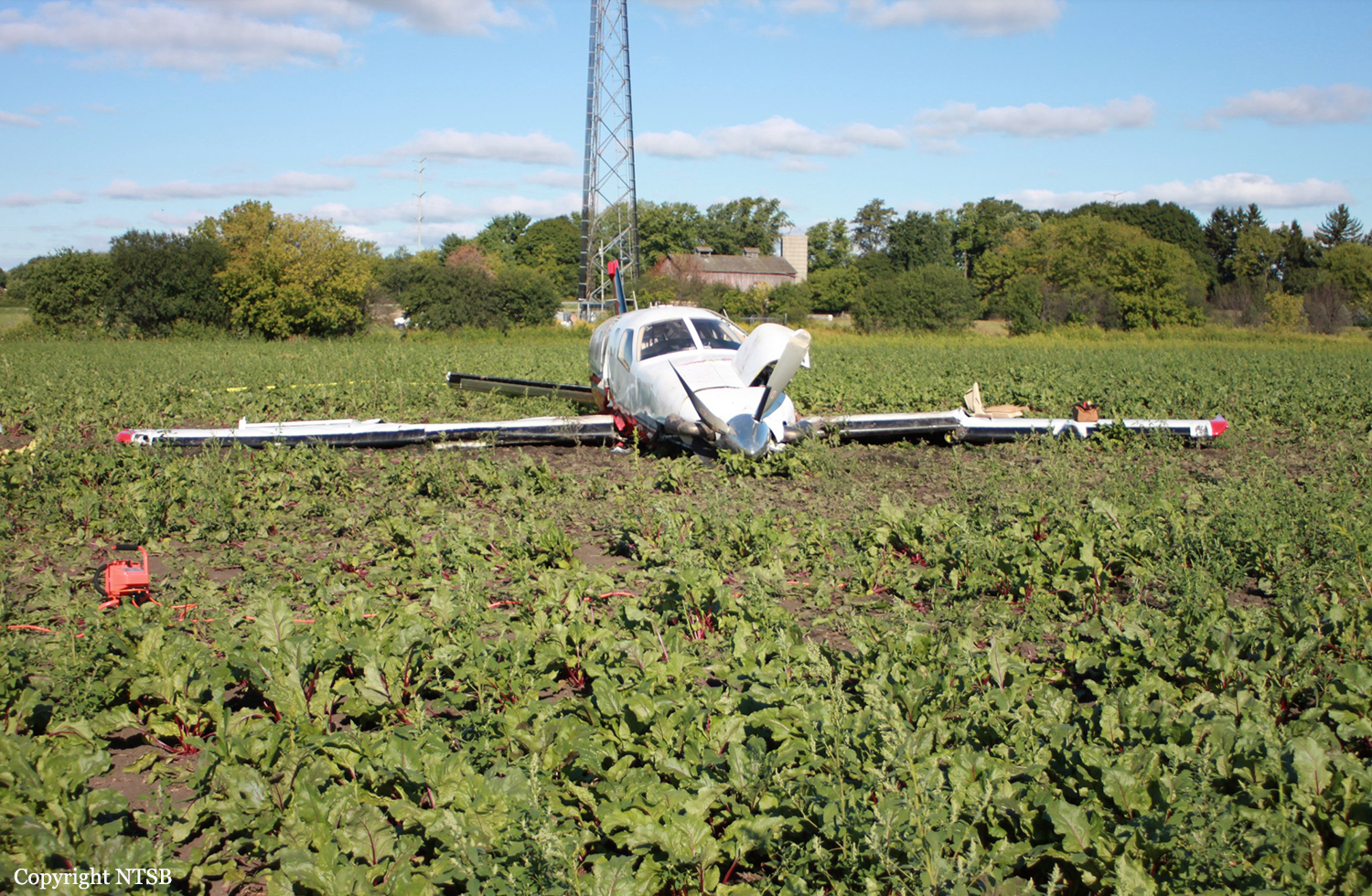
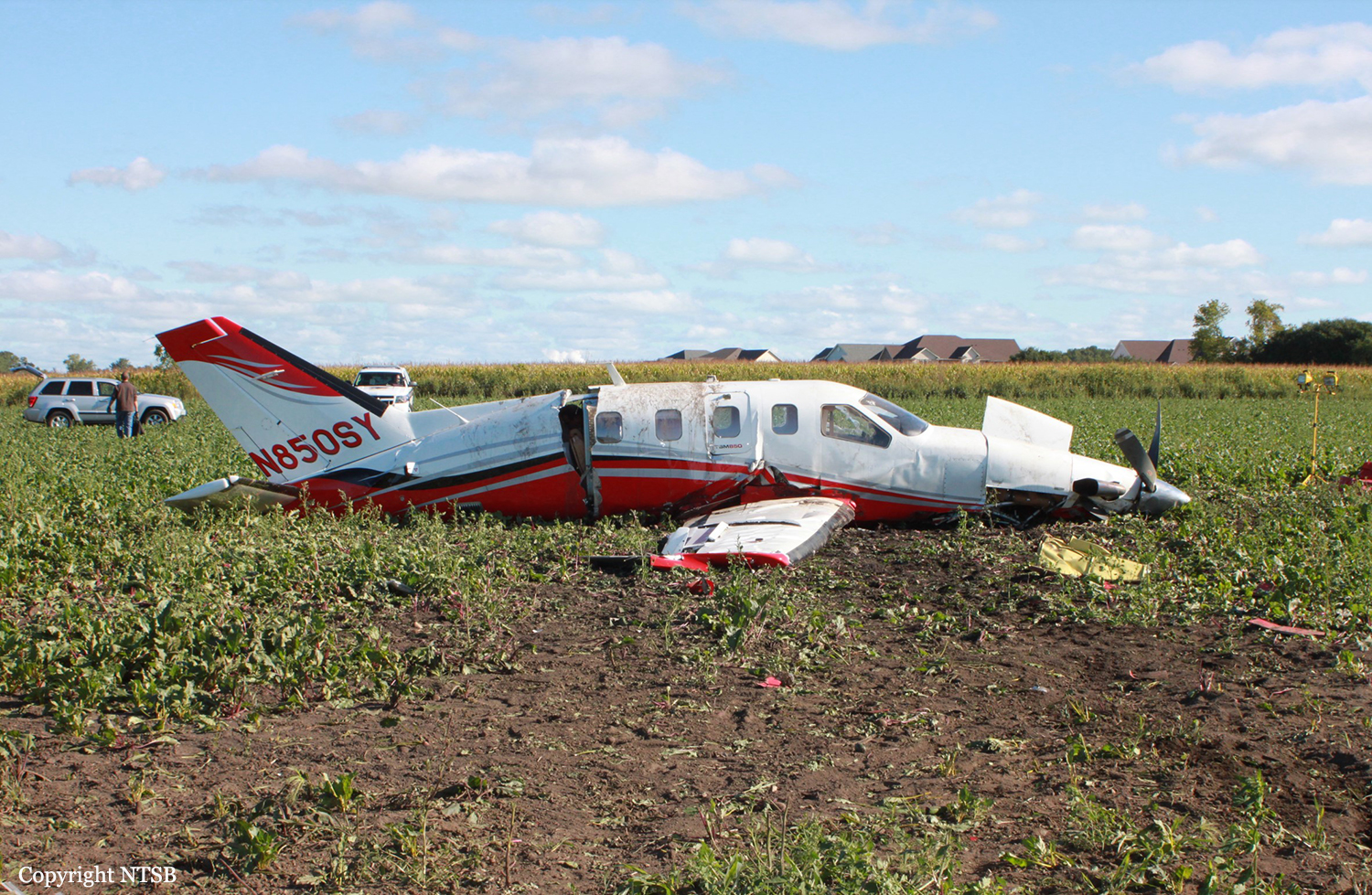
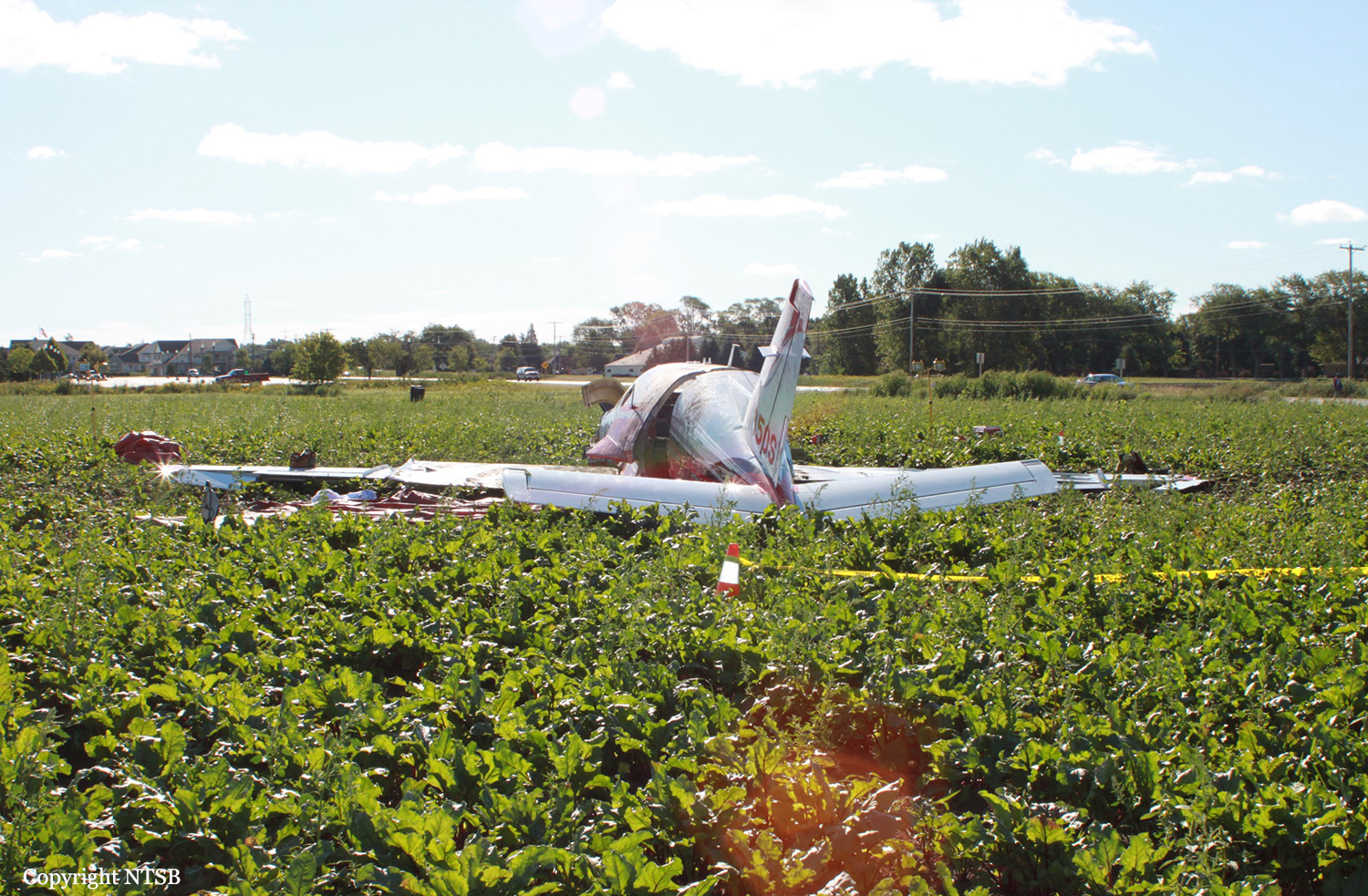
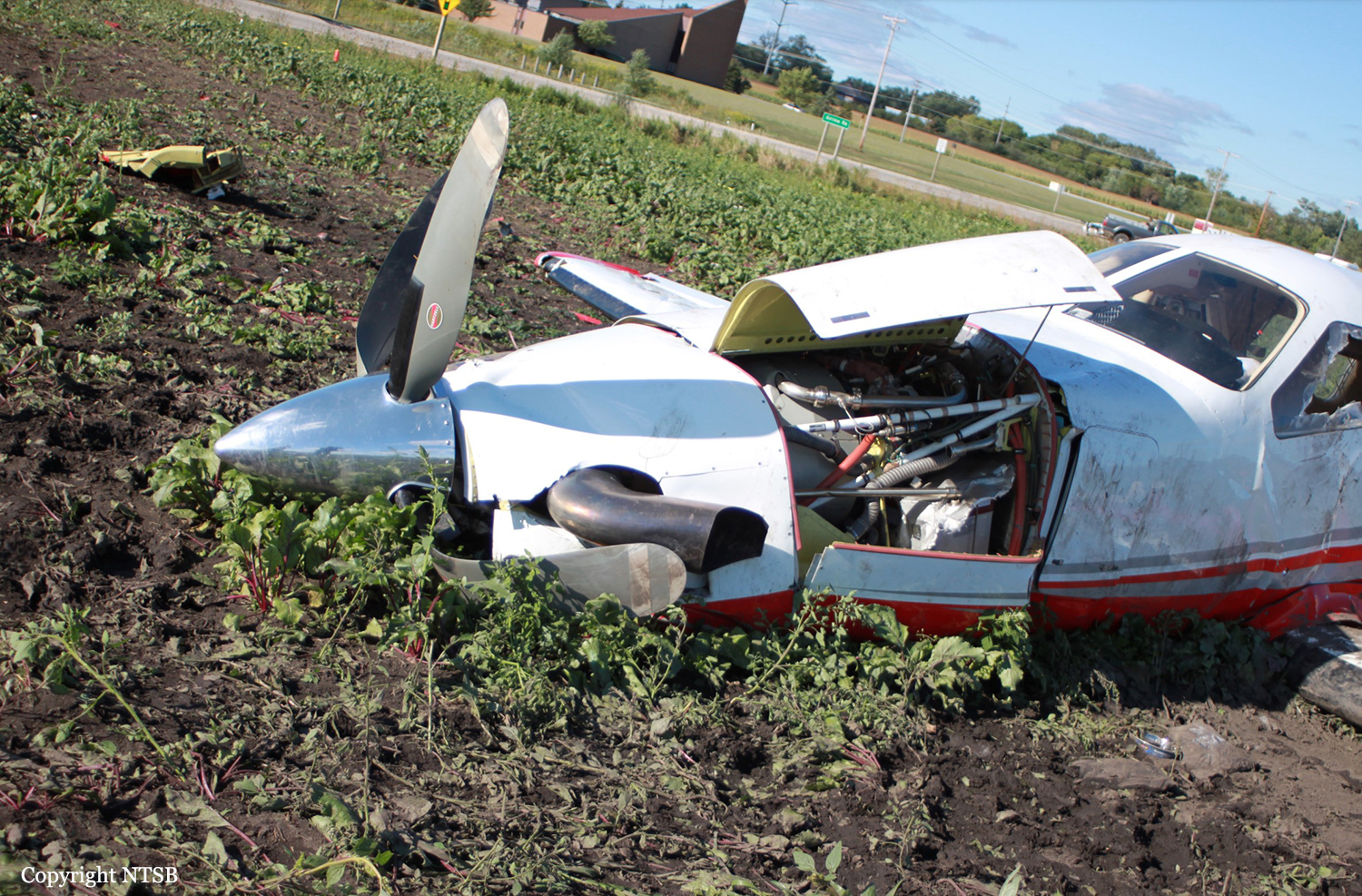
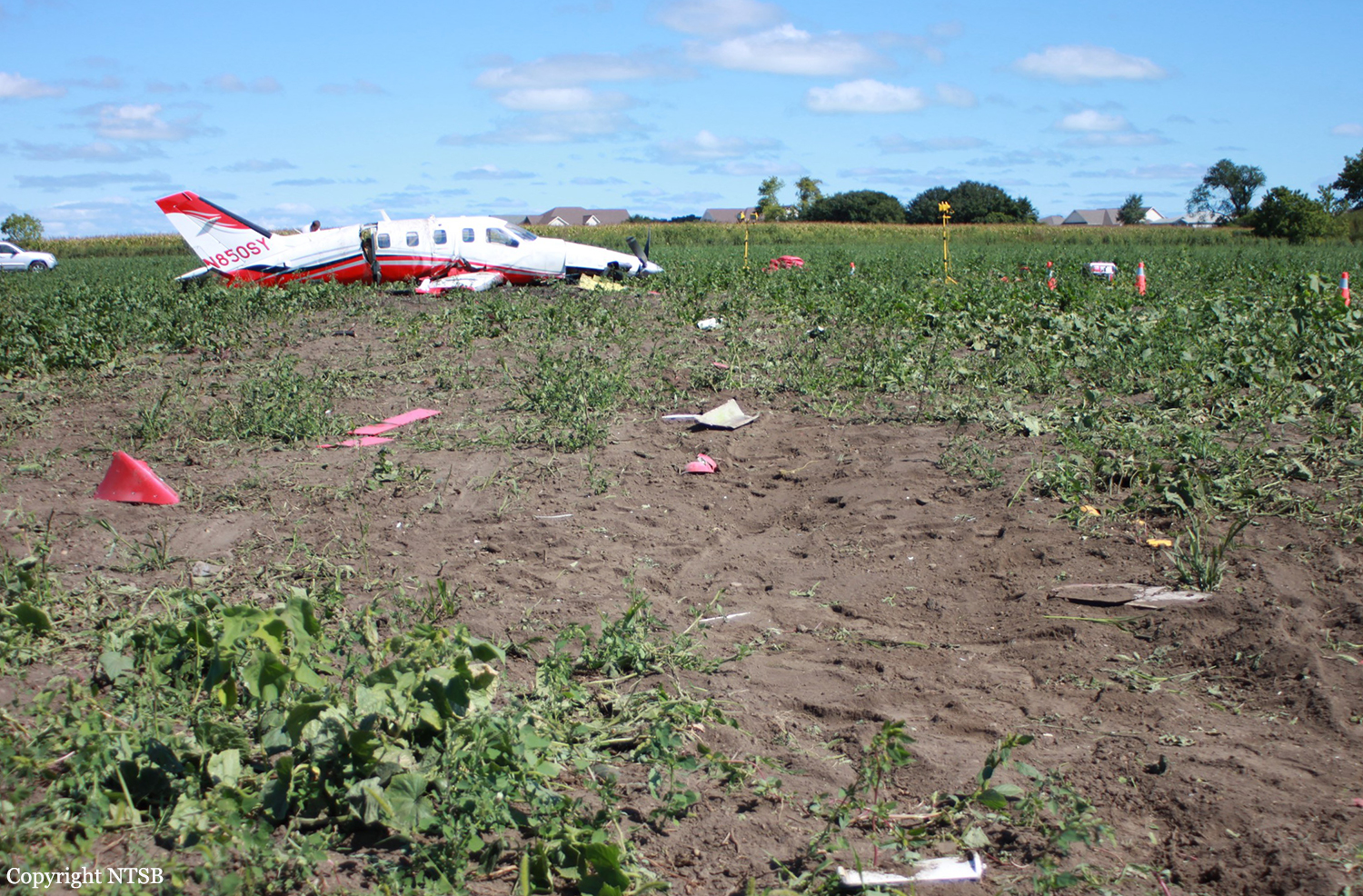
Crash of a Socata TBM-850 in Salem
Date & Time:
May 19, 2011 at 0843 LT
Registration:
N1UL
Survivors:
Yes
Schedule:
Valparaiso - Salem
MSN:
564
YOM:
2010
Crew on board:
1
Crew fatalities:
Pax on board:
3
Pax fatalities:
Other fatalities:
Total fatalities:
0
Captain / Total hours on type:
76.00
Aircraft flight hours:
187
Circumstances:
The pilot reported that he flew an instrument approach and was clear of clouds about 650 feet above ground level when he proceeded visually to the airport. About 1/2 mile from the runway, he thought the airplane was too high, but a few seconds later the airplane felt like it had an excessive rate of descent. His attempts to arrest the rate of descent were unsuccessful, and the left main landing gear struck the ground about 120 feet prior to the runway threshold. The recorded data downloaded from the airplane's non-volatile memory showed that the airplane's airspeed varied from about 71 - 81 knots indicated airspeed (IAS) during the 10 seconds prior to ground impact. The data also indicated that there was about a 3 - 5 knot tailwind during the final landing approach. The airplane's stall speed with the airplane in the landing configuration with landing flaps was 64 knots IAS at maximum gross weight. The pilot reported that there was no mechanical malfunction or system failure of the airplane.
Probable cause:
The pilot's failure to maintain a stabilized glide path which resulted in the airplane touching down short of the runway.
Final Report:
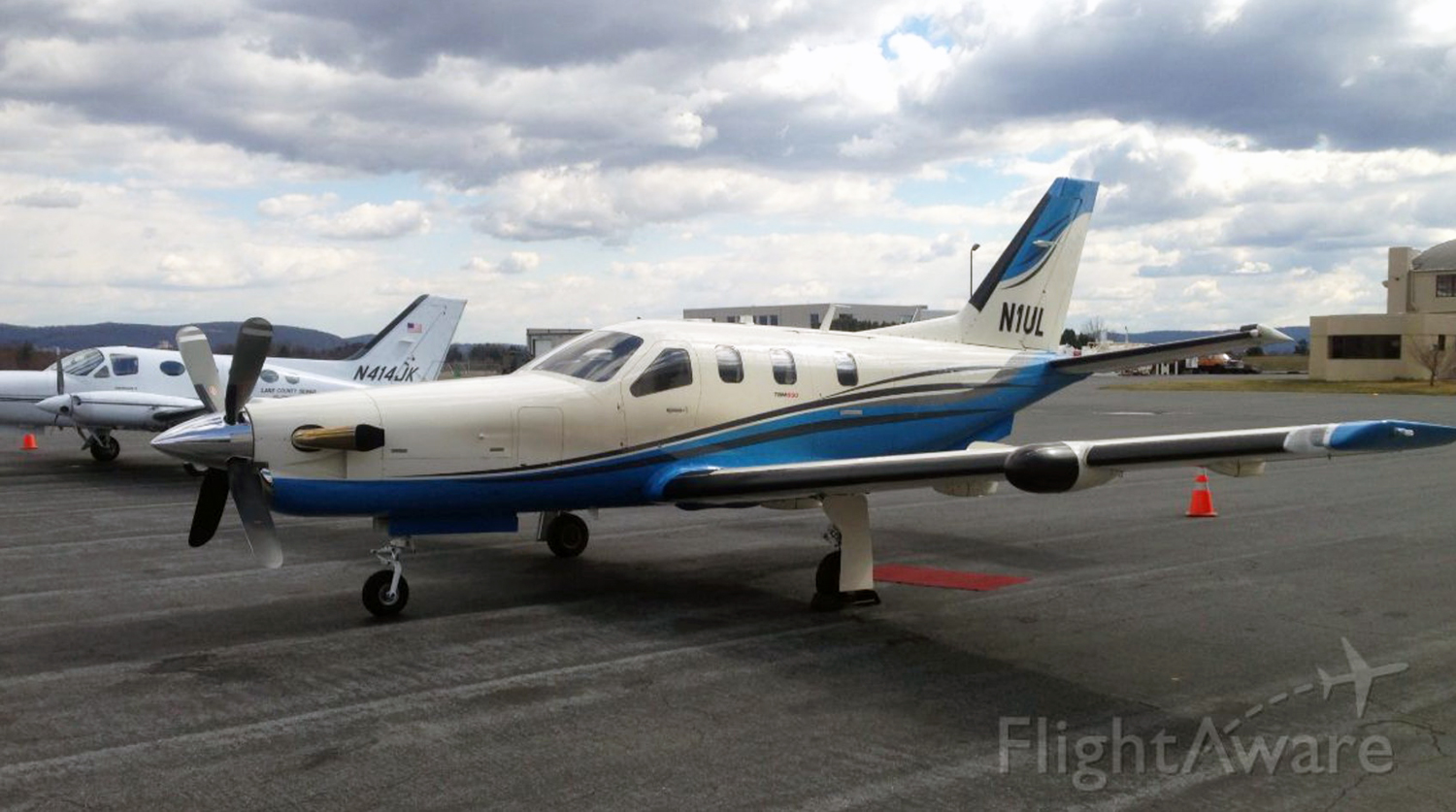
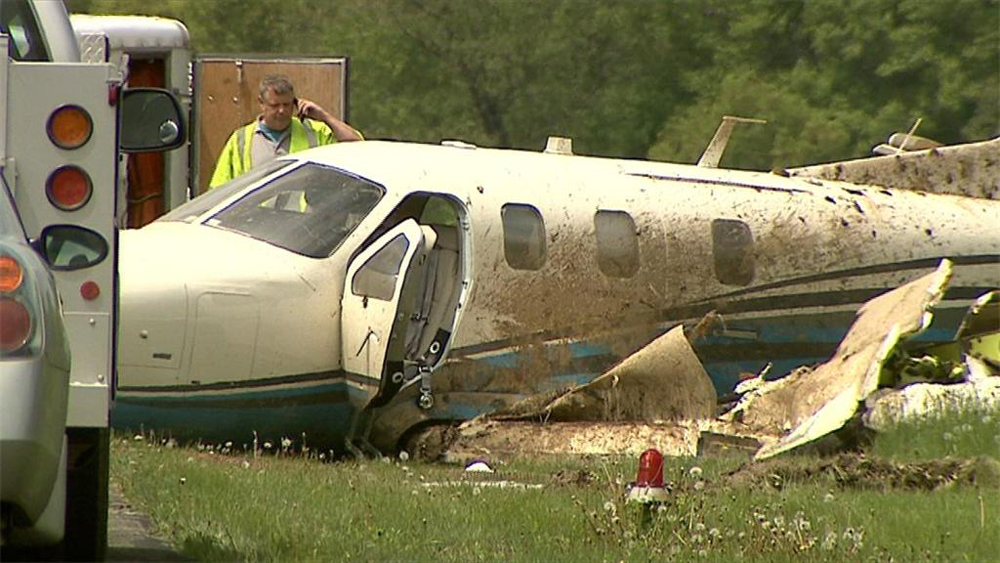
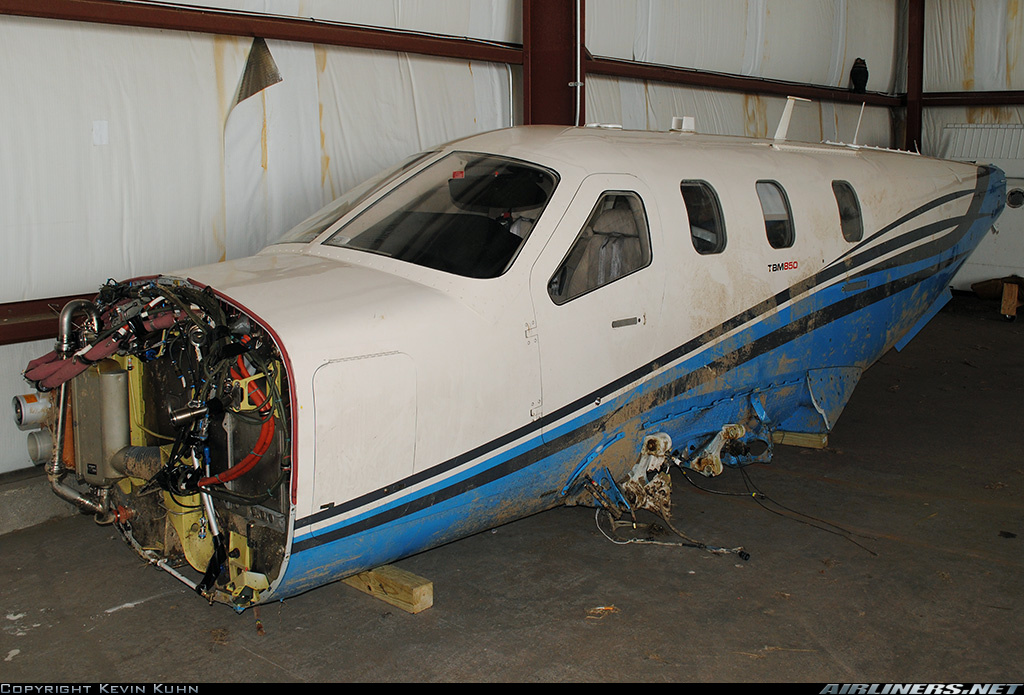
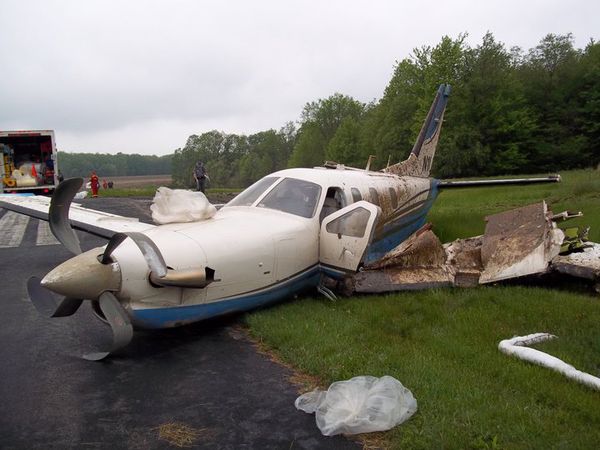
Crash of a Socata TBM-850 in Truckee
Date & Time:
Dec 13, 2009 at 1738 LT
Registration:
N850MT
Survivors:
Yes
Schedule:
San Carlos – Truckee
MSN:
489
YOM:
2008
Crew on board:
1
Crew fatalities:
Pax on board:
1
Pax fatalities:
Other fatalities:
Total fatalities:
0
Captain / Total hours on type:
1098.00
Aircraft flight hours:
196
Circumstances:
During the flight, the instrument-rated private pilot was monitoring the weather at his intended destination. He noted the weather and runway conditions and decided to conduct a global-positioning-system instrument approach to a known closed runway with the intention of circling to a different runway. As the airplane neared the missed approach point, the pilot established visual contact with the airport's runway environment and canceled his instrument flight rules clearance. As he entered the left downwind leg of the traffic pattern for his intended runway, the pilot noticed that the first part of the runway was covered in fog and that the visibility was 0.75 of a mile with light snow. With at least 5,000 feet of clear runway, he opted to land just beyond the fog. Prior to touchdown, the pilot concluded that there was not enough runway length left to make a landing and performed a go-around by applying power, pitching up, and retracting the landing gear. During the go-around, the pilot focused outside the airplane cockpit but had no horizon reference in the dark night conditions. He heard the stall warning and realized that the aircraft was not climbing. The pilot pitched the nose down and observed only snow and trees ahead. Not being able to climb over the trees, the airplane subsequently impacted trees and terrain, coming to rest upright in a wooded, snow-covered field. The pilot stated that there were no anomalies with the engine or airframe that would have precluded normal operation of the airplane.
Probable cause:
The pilot’s failure to maintain an adequate airspeed and clearance from terrain during an attempted go-around. Contributing to the accident was the pilot's decision to land on a partially obscured runway.
Final Report:
